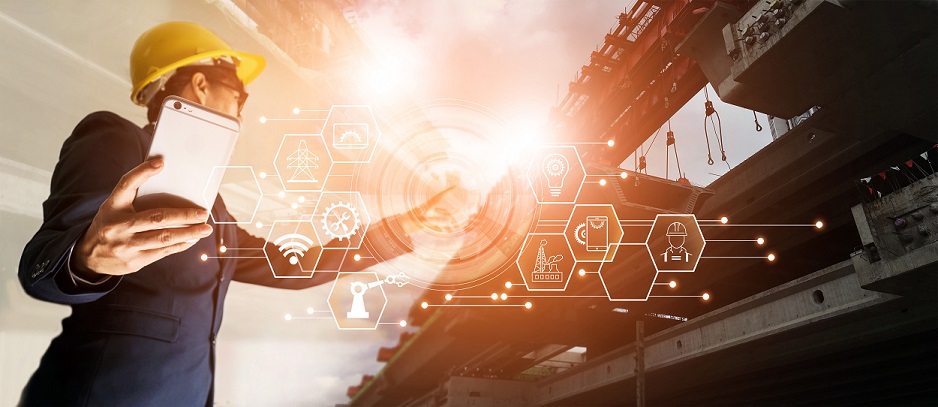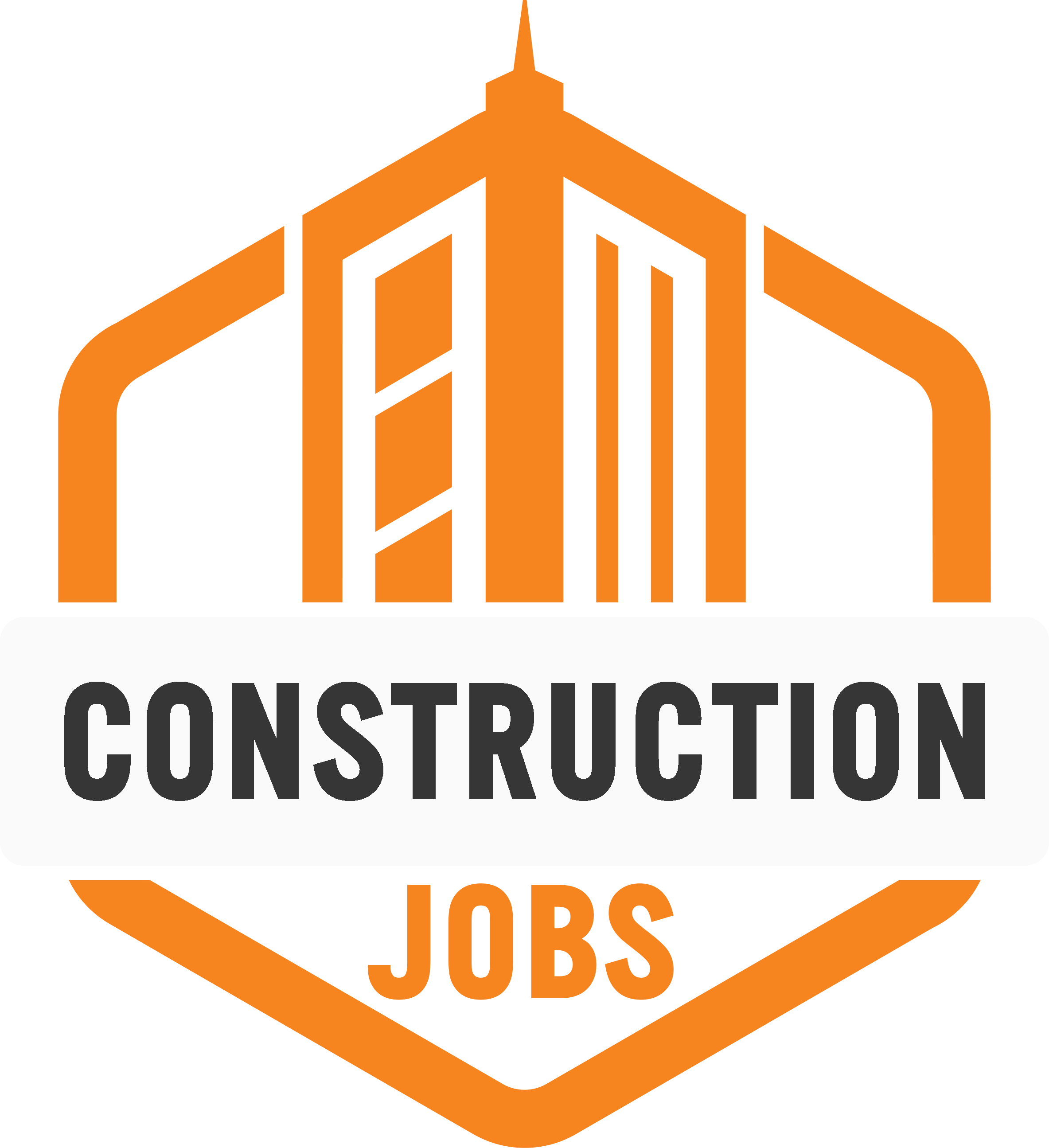Technology and Construction: 2021 and Beyond
Construction tech evolves with big data, BIM, robotics, drones, and IoT, shaping more efficient and safer job sites.

Technology and construction have been inextricably linked fields since humankind first began building shelters. Into 2021 and beyond, ongoing tech advancements will change construction practices even more.
As you navigate construction sites and practices, being aware of technological innovations can give you a boost when it comes to efficiency and safety. In the modern era of high construction costs and labor shortages, these features are more valuable than ever.
Explore how construction tech is on the rise and what this means for the future of construction.
Construction Tech Advancements of 2021
Construction technology has come far in the last 100 years alone. With safety regulations and the kind of sensory equipment to monitor job sites, workers can now be safer than ever. Additionally, performance-enhancing tools like data management platforms and robotics processes are making construction more efficient.
For construction professionals, exploring and implementing these tools is a necessary part of a successful project. In 2021, this means using all the data you can to build digital models and predictive analytics potential, even as you automate and adjust new processes.
Here are some of the most influential tech advancements of 2021 that will define construction practices in the near future:
1. Big Data Analytics
Most modern tech developments depend on big data. Now, advancements in artificial intelligence and machine learning lend new power to big data analytics. The results are systems that can house substantial data sets and pull out actionable insights regarding construction materials, workflows, safety procedures, and so much more.
2. Building Information Modeling (BIM)
Another process that relies on big data, building information modeling collates all the information you need on a job into a singular platform. Now, you can even access BIM from a mobile device, making specifications, manuals, and 3D building plans more accessible than ever.
3. Robotics
Robots are an essential part of the modern construction site. By filling in labor gaps and taking on dangerous tasks, robots are making construction work more appealing. Recent advancements in this field have led to high-speed automation of dam building and bricklaying processes.
4. Drones
The use cases for drones are virtually unlimited. However, in modern construction, they are used to take high-resolution aerial images of construction sites, survey land, and monitor performance. In the future, drones will become a staple of any construction site.
5. Internet of Things (IoT)
There are all kinds of examples of IoT devices in construction technology. These tools take the form of wearables, sensors, or monitors that connect with a larger network and collect data in real-time. From smart helmets that track alertness to leak detection equipment, IoT empowers all-new levels of awareness and efficiency on the job site.
These are just a handful of examples of the technology becoming increasingly common in construction. As AI, data analytics, and robotics all continue to advance; the industry will evolve. This is important for anyone considering a future in construction.
How Advancing Tech Will Change Construction
Advancing technology has already changed construction in several ways. Most prominently, this led to safer sites where robots automate most of the heavy lifting and monitor control aspects of efficiency and quality.
All this translates to an empowered workforce, but it takes effort to streamline procedures for efficient tech integration. As a result, workers have to adjust to new processes, new roles, and the efficiency upgrades that come with it all.
Here are some of the significant areas in which construction work will evolve because of advancing technology:
New Procedures
Some elements of construction have required their fair share of guesswork, eyeballing, and assumptions. In the future, however, most of the uncertainty will be taken out of the processes through assistive and predictive software.
All this helpful technology gives construction workers tools for improving everything from inspections to maintenance schedules. This means far less administrative work on-site and more transparent, real-time communication in its stead.
However, learning and using these software platforms mean many construction roles have to pivot.
New Roles
Automation is a fear for just about every worker when it comes to job security. However, automation is more likely to shift rather than replace roles in skilled trades like construction. But this does mean that construction workers will have to pick up new skills.
Data analytics, database management, software systems, and even programming will be typical roles on future construction sites. Already, these roles are evolving, giving rise to job titles like:
- Construction Technologist
- Construction Scheduler
- BIM/VDC Manager
The presence of these experts will make for a different kind of job site but will also lead to greater efficiency across the industry.
Greater Efficiency
As tech continues to advance, workers will have to keep up with the levels of transparency and efficiency that a data-powered project makes possible. New construction platforms include all kinds of data management systems and information feeds. To accommodate all this, workers will need to find better ways to visualize data and check their progress.
Augmented and virtual reality (AR and VR) are two methods for achieving this, but efficiency technology is expanding into exoskeleton systems and wearable sensors as well. In the future, these tools won’t be uncommon.
The Future of Construction
Future construction tech revolves around data accumulation and digital insights. Tools like AI analytics algorithms or BIM software all depend on healthy data, and the roles of construction workers will have to change to ensure proper tech integration.
Apply these tools into your work today to be better prepared for the tech-driven future. As a result, you can improve the efficiency, safety, and quality of your projects.
Author: Amanda Winstead is a freelance writer in the construction industry
- Share This →

